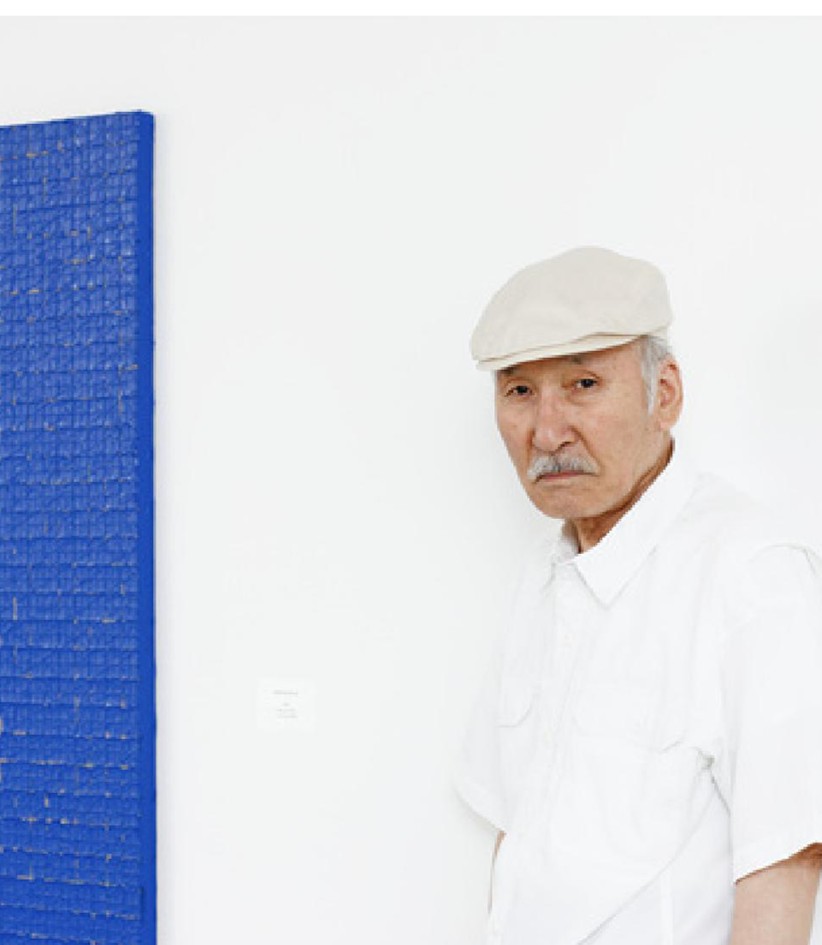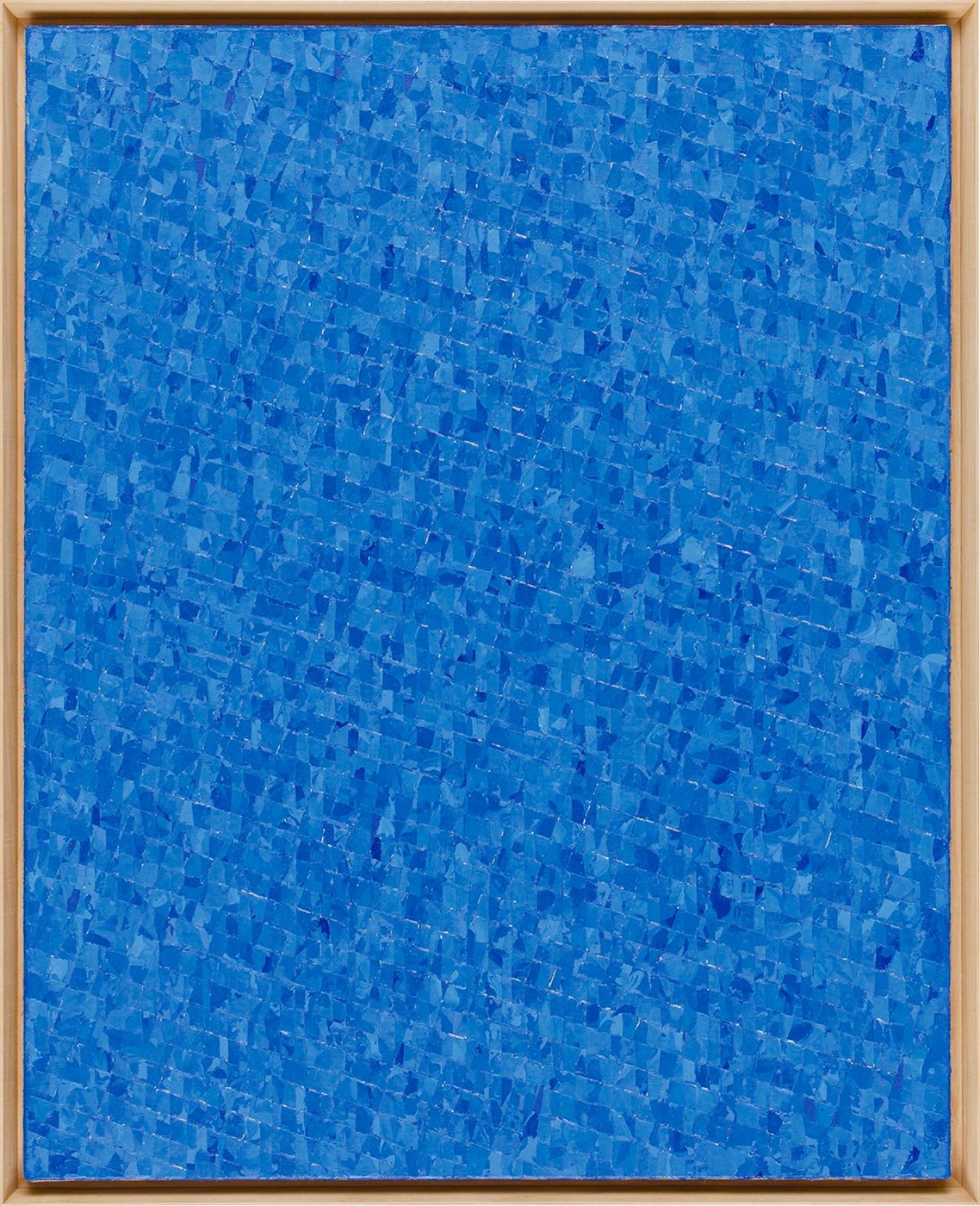Past Exhibition
KoreanABOUT THE ARTIST

Chung Sang Hwa
정 상 화
(b.1932- Korea)
Chung Sang Hwa is a Dansaekhwa painter who utilizes a repetitive process of adding and removing paint to achieve his works. He trained in oil painting at Seoul National University and lived in Paris and Kobe, Japan during the 1960s and 1970s. In Kobe, he became acquainted with the work of artists associated with the avant-garde Gutai group, which “opened his eyes to the canvas,” as he has described. There he arrived at his signature “rip” and “fill” technique, in which he applies ten or more thick layers of paint, glue, and kaolin clay to a stretched canvas; once dry, he unmounts the canvas and draws linear grids on its verso. He alternately rolls, compresses, folds, or scores the canvas to crack its façade before tearing off passages of dried paint with a knife. He then fills in the negative areas with acrylic paint. This process is repeated in various iterations, such that the surface cracks unpredictably as it dries at multiple rates.
Chung has exhibited widely across the globe and his work is held in the permanent collections of the Art Institute of Chicago; Busan Museum of Art; Fukuoka Asian Art Museum; Guggenheim Abu Dhabi; Hirshhorn Museum and Sculpture Garden, Smithsonian Institution, Washington, DC; Leeum, Samsung Museum of Art, Seoul; M+, Hong Kong; Musée d’Art Moderne et Contemporain, Saint-Étienne Métropole, France; National Museum of Modern and Contemporary Art, Korea, Gwacheon and Seoul; National Museum of Modern Art, Tokyo; Seoul Museum of Art; Shizuoka Prefectural Museum of Art, Japan; and the Tokyo Museum of Contemporary Art, among others.
Chung has exhibited widely across the globe and his work is held in the permanent collections of the Art Institute of Chicago; Busan Museum of Art; Fukuoka Asian Art Museum; Guggenheim Abu Dhabi; Hirshhorn Museum and Sculpture Garden, Smithsonian Institution, Washington, DC; Leeum, Samsung Museum of Art, Seoul; M+, Hong Kong; Musée d’Art Moderne et Contemporain, Saint-Étienne Métropole, France; National Museum of Modern and Contemporary Art, Korea, Gwacheon and Seoul; National Museum of Modern Art, Tokyo; Seoul Museum of Art; Shizuoka Prefectural Museum of Art, Japan; and the Tokyo Museum of Contemporary Art, among others.

